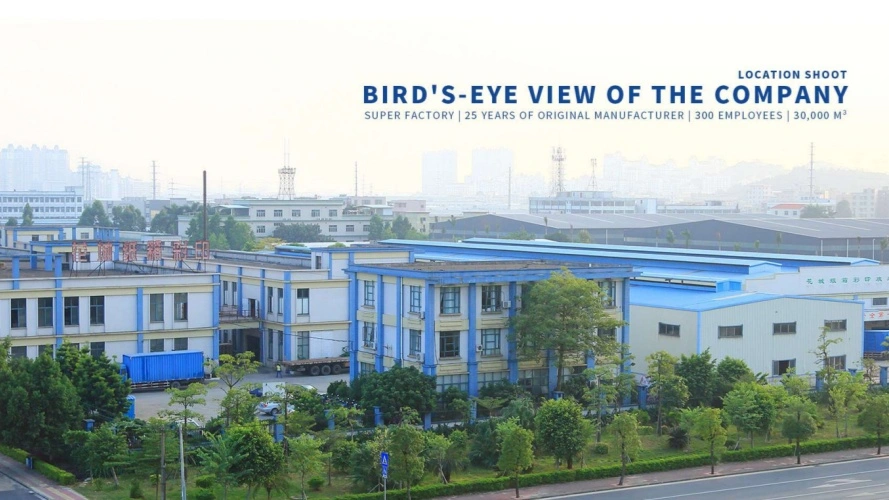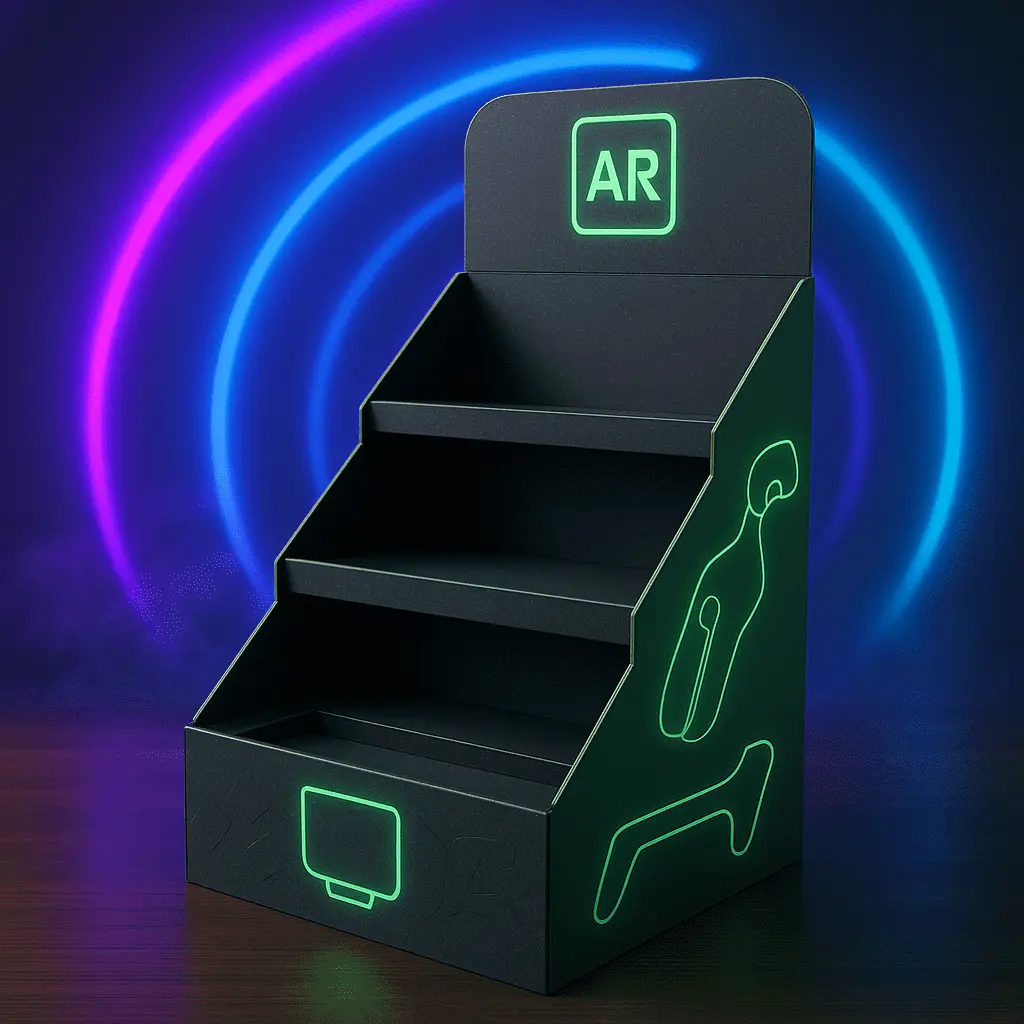The Psychology Behind PDQ Displays and Consumer Behavior
Visual Merchandising and Impulse Buying
PDQ displays harness the principles of visual merchandising to captivate consumers instantly. By using bright colors, clear branding, and attractive layouts, they catch the shopper’s eye and encourage product engagement. The aesthetic appeal of these displays stimulates emotional responses, such as excitement or curiosity, which can override rational decision-making. This psychological effect makes it easier for consumers to justify a spontaneous purchase, particularly when the product is small, affordable, or positioned as a limited-time offering.
Convenience and Accessibility
A major psychological driver behind PDQ displays is their emphasis on convenience. These displays are often placed in high-traffic or point-of-sale areas, where shoppers are most likely to make last-minute decisions. Products are arranged in a user-friendly way, reducing friction in the decision-making process. This easy accessibility subtly influences consumer behavior by minimizing effort and cognitive load. As a result, shoppers are more inclined to grab an item without second-guessing, increasing the likelihood of unplanned purchases.
Creating a Sense of Urgency
PDQ displays are also effective at leveraging urgency to influence buying behavior. Through limited-time offers, countdown messaging, or highlighting low stock, these displays trigger the psychological phenomenon known as FOMO (fear of missing out). Shoppers perceive that delaying a purchase could mean losing the opportunity entirely. This tactic capitalizes on consumers’ aversion to loss and drives them to act impulsively. The result is faster product turnover and increased sales, driven by a heightened emotional need to secure the item immediately.
Optimizing PDQ Display Placement for Maximum Impact
High-Traffic Areas and Customer Flow
The strategic placement of PDQ displays in high-traffic zones plays a critical role in driving product visibility and sales. By analyzing customer movement patterns, retailers can identify hotspots such as store entrances, endcaps, and checkout lanes where shoppers naturally congregate. Positioning displays in these locations ensures maximum exposure, increasing the likelihood of impulse purchases. Additionally, placing PDQs along the natural flow of customer traffic helps integrate the display into the shopping journey, making it more likely that shoppers will stop and engage.
Cross-Merchandising Opportunities
PDQ displays are powerful tools for cross-merchandising when thoughtfully placed near complementary product categories. For example, placing a display of snack items near beverage shelves can encourage customers to make bundled purchases. This tactic not only increases average transaction value but also introduces shoppers to new or related products they may not have considered. Strategically placing PDQs in surprising or convenient areas reinforces the idea of added value, subtly influencing buying behavior while enhancing the overall retail experience.
Seasonal and Promotional Considerations
Rotating PDQ display placements to match seasonal changes or promotional campaigns can significantly enhance their effectiveness. Whether showcasing holiday-themed items, back-to-school essentials, or limited-time deals, aligning display content with current trends captures shoppers’ attention. Regularly updating PDQ locations and featured products keeps the store environment dynamic and engaging, encouraging repeat visits. This adaptability also allows retailers to react quickly to market shifts or customer demand, ensuring that promotional messages are always timely and relevant.
Designing Effective PDQ Displays for Sales Conversion
Clear Messaging and Branding
A successful PDQ display begins with a clear and impactful message that communicates the product’s key benefits within seconds. Messaging should be brief yet persuasive, using bold fonts and high-contrast visuals to grab attention. Incorporating consistent branding - such as logos, color schemes, and taglines - ensures the display aligns with the overall brand identity and reinforces recognition. This consistency helps build trust and familiarity, while a strong visual identity allows the display to stand out on the retail floor and resonate with target customers.
Product Presentation and Organization
Well-organized PDQ displays make the shopping experience easier and more enjoyable for customers. Products should be arranged in a logical and visually appealing manner, with clear divisions between variants or sizes if applicable. Using clean lines, color coordination, or progression from small to large can guide the eye naturally through the display. Attractive packaging and thoughtful layout not only draw attention but also simplify decision-making, encouraging quick conversions. When customers can instantly understand the offering, they're more likely to make a purchase on the spot.
Interactive Elements and Technology Integration
Integrating interactive features into PDQ displays adds a modern edge that engages customers on a deeper level. Digital tools such as touchscreens, motion sensors, or QR codes can provide detailed product information, video demonstrations, or special promotions. Augmented reality (AR) elements offer an immersive way for shoppers to visualize product use or benefits. These innovations not only enhance user experience but also capture attention and increase dwell time at the display. Such interactive engagement can turn curiosity into purchase, especially among tech-savvy and younger consumers.
Conclusion
PDQ displays have revolutionized in-store merchandising by combining visual appeal, convenience, and strategic placement to boost sales. By leveraging consumer psychology, optimizing placement, and implementing effective design principles, retailers can harness the full potential of these versatile marketing tools. As the retail landscape continues to evolve, PDQ displays remain a powerful asset for increasing in-store sales, enhancing customer experiences, and driving business growth in an increasingly competitive market.
Contact Us
To explore how custom PDQ displays can elevate your in-store sales strategy, contact our team of packaging experts at support@fetchingprinting.com. We offer fully customizable options - structure, dimensions, graphics, and finishes - to align with your brand. Let us help you create eye-catching, effective displays that captivate customers and boost your bottom line.





